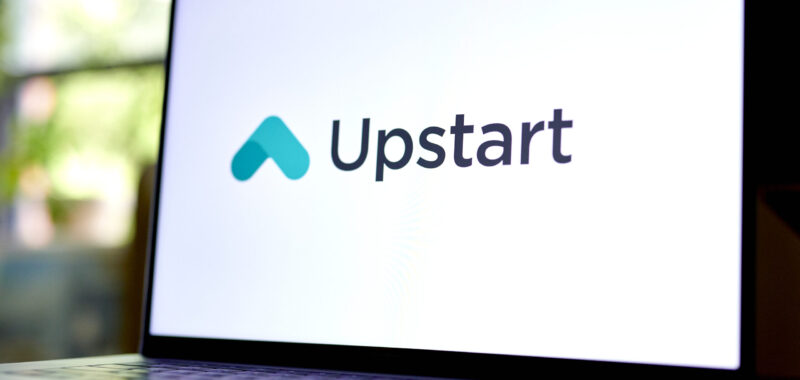The stock is up over 100% in a year. Is this a fluke or the start of something bigger?
Upstart Holdings (UPST -4.29%) was arguably the poster child of the “Everything Bubble” that zero-percent interest rates caused between 2020 and 2021. The stock soared from about $20 to nearly $400 before tumbling as low as $12 after interest rates rocketed higher in 2022 and burst the bubble.
Don’t look now, but Upstart has picked up some impressive momentum. Shares have more than doubled over the past year — most of that after the Federal Reserve recently cut the economy’s benchmark interest rate for the first time since the pandemic.
Are things different for Upstart this time, or will this end badly again?
Here is whether Upstart is a buy, sell, or hold today.
Why interest rates matter so much to Upstart
The past few years have been unusually volatile for U.S. monetary policy. A crisis in COVID-19 caused the Federal Reserve to set rates at zero, and then the highest inflation in decades caused it to jack rates higher, the fastest in modern history. I would argue that this whipsaw and the market bubble probably exaggerated Upstart’s price fluctuations, but interest rates do impact the underlying business.
Upstart uses artificial intelligence (AI) to evaluate borrowers for loans. Although personal loans are Upstart’s core segment, it has gradually expanded into additional products, like automotive loans and home equity lines of credit. Essentially, Upstart approves loans and then sells them to institutional investors.
Low interest rates have a trickle-down effect on the economy. When interest rates are lower, consumers can borrow more cheaply, causing higher loan demand that electrified Upstart’s business in 2020 and 2021.
The company was profitable and growing rapidly:

UPST Revenue (TTM) data by YCharts
Then, interest rates rose so fast that loan demand quickly dried up. Not only did fewer borrowers want loans, but investors stopped wanting to buy them. Upstart had to hold them on its balance sheet, which hurt the company’s financial health and created a logjam. It had to slam the brakes on its business since it had nowhere to sell or keep the loans.
So, why is Upstart taking off again? The recent rate cut signals that the worst is likely over for Upstart. While rates probably won’t return to zero, lower rates should help Upstart turn its wheels again.
Risks remain despite some positives
The past two years were painful, but Upstart has slowly made progress across its business.
It has gradually worked out deals with investors to sell its loans and arrange committed capital to help prevent another log jam from happening. Upstart has also continued announcing new additions to its partner banks and credit unions network, signaling some validity to Upstart’s technology and the potential value lenders see in it. Most importantly, Upstart has released data showing that its AI technology can sniff out risky borrowers better than a traditional credit score.
That’s all good, but the reality is that Upstart remains a very speculative stock.
It’s unclear how low rates can go. Economic data has remained solid enough that some have already called the Federal Reserve’s initial 50-basis-point rate cut a mistake. And if inflation spikes again, it could push economic and market conditions back toward the nightmarish scenario that sent Upstart off the rails in the first place.
Ultimately, Upstart must prove it can thrive without low rates. It can do that over the coming quarters, but it hasn’t done it yet. It’s not impossible, either. Affirm has a similar core business model, and the company has thrived since adapting to higher rates.
Is the stock a buy, sell, or hold?
Upstart’s technology seems to work, and the company has shown how profitable it can be when enough loans flow through its platform. That said, it’s tough to figure out what a fair value for the stock might be since unpredictable economic factors directly impact Upstart’s growth and fundamentals. Short-sellers have piled on Upstart over the past year; recent data indicates that over 30% of Upstart’s public shares were short, so a short squeeze could help explain the stock’s strong momentum in recent weeks.
The verdict? Upstart is a buy but with some caveats.
The stock is best suited for risk-tolerant investors who will wait and see whether Upstart can deliver growth over the coming quarters. If you buy, use dollar-cost averaging to avoid unlucky timing that could put you deep underwater on your investment if the stock zigzags.
Justin Pope has positions in Affirm and Upstart. The Motley Fool has positions in and recommends Upstart. The Motley Fool has a disclosure policy.

